Rewards

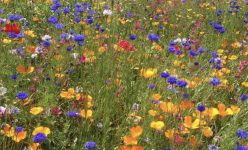
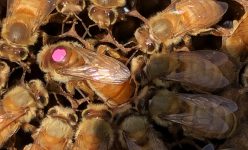
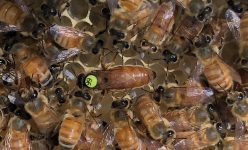
“Our goal is to deploy a new tool developed by scientists in the USA to identify and breed Varroa-Resistant honeybee queens in Australia, reducing the threat to our national food security”
Varroa destructor (Varroa) is considered the greatest threat to Australia’s honey and honey bee pollination industries. If Varroa were to establish in Australia, the local European honey bee population and the pollination services they provide could be significantly reduced (DAFF 2011). In June 2022, Varroa was detected in Newcastle New South Wales and an eradication program is ongoing. 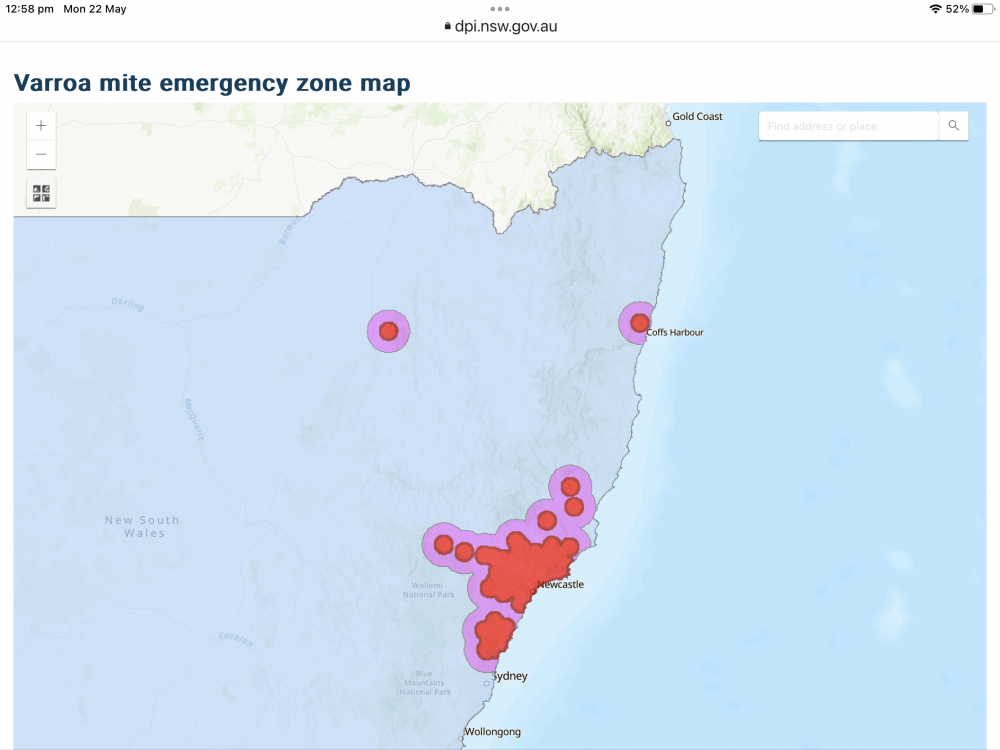 The affected area is steadily growing. Should eradication become unachievable Australia will need to learn to live with Varroa. We can begin to prepare now, by breeding Varroa resistant bees even in the absence of Varroa.
The affected area is steadily growing. Should eradication become unachievable Australia will need to learn to live with Varroa. We can begin to prepare now, by breeding Varroa resistant bees even in the absence of Varroa.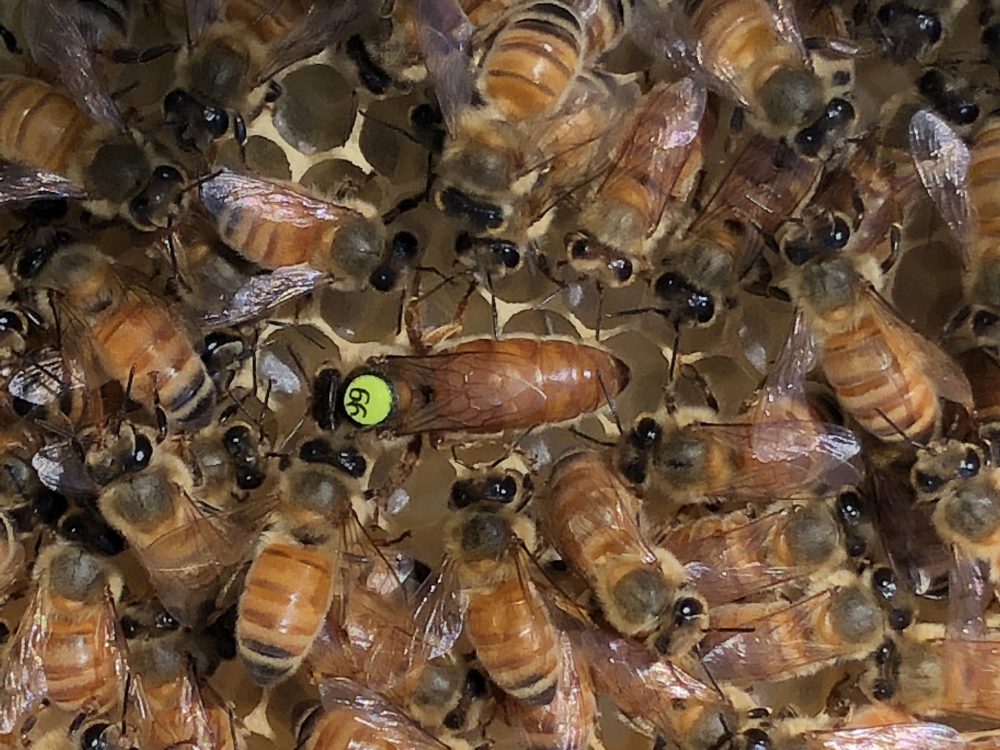
Dr Kaira Wagoner (University of North Carolina at Greensboro) provides tools to breed for Varroaresistance without an active mite population. A mix of unhealthy brood odour pheromones are sprayed onto an area of healthy brood and the number that are removed are recorded. Response to this test overseas has been associated with increased removal of Varroa, lower Varroa infestation levels, and increased over-wintering success. This method is backed by scientific evidence; however it is not yet commercially available. My relationship with Dr Kaira Wagoner means that we have early access to the compounds.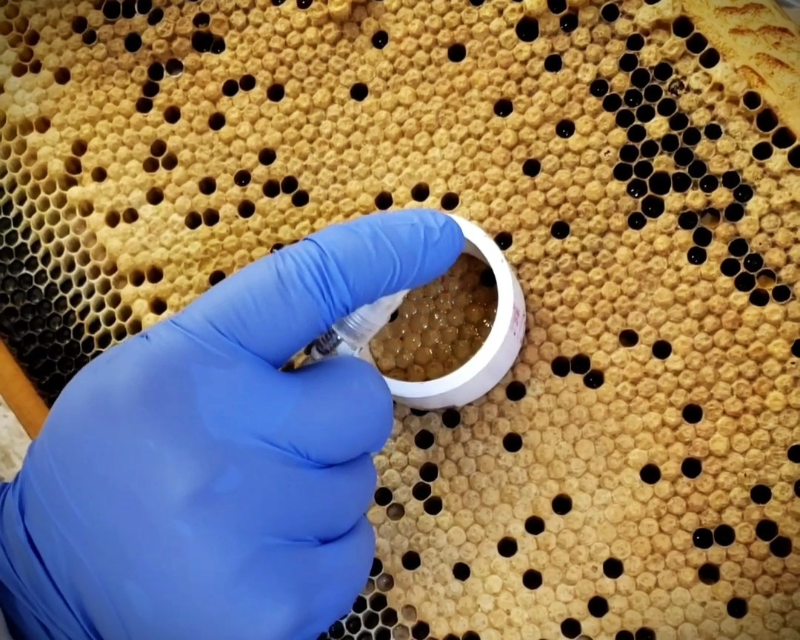
This project aims to prove breeding for Varroa resistance is possible and sustainable in Australia and will be conducted over a two year period. We will do this by assessing a diverse pool of colonies with the unhealthy brood odour test and then breeding from those that perform the best. We will simultaneous select for traits of importance to the beekeeping industry to ensure that the stock is suitable for both honey production and pollination services.
By collaborating with other queen breeders and honey producers we will be able to ensure a robust genetically diverse population of locally adapted Varroa resistant honey bees is assessed. A budget to cover all costs has been estimated at between $400,000 – $450,000 to cover salaries, materials, operating costs and genetic work for two years. If the program is successful, Australian beekeepers will have a head start on selection of Varroa resistant queens, as well as knowledge of the tools and methods required to select and maintain resistant stock. Thus, this project will improve the health of Australian honey bees and reduce the threat of Varroa to Australian pollination and honey bee industries should the mite ever successfully establish itself on the continent.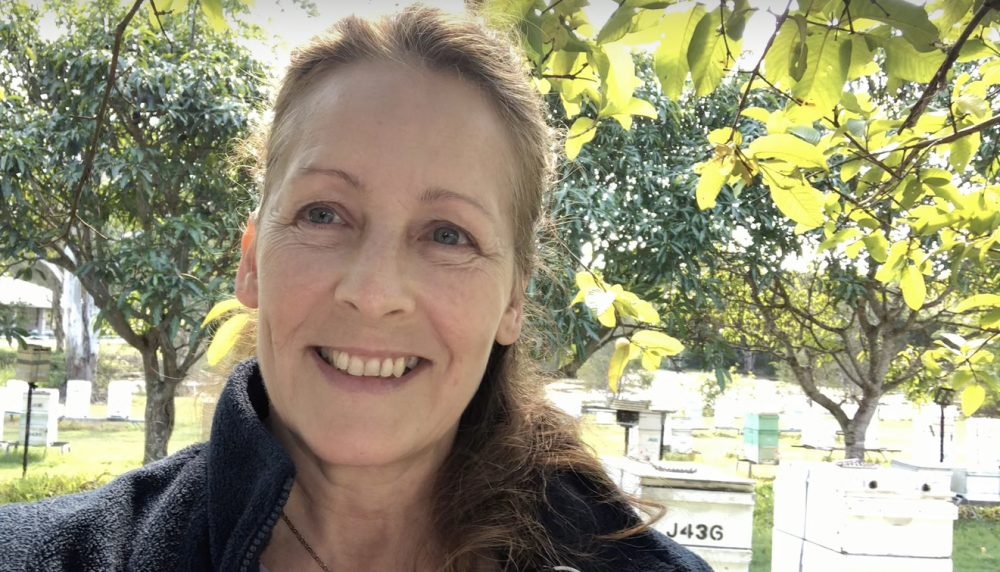
I am Corinne Jordan a Queen Bee Breeder with over 10 years’ experience based in South East Queensland. I have been a committee member of the Australian Queen Bee Breeders Association since 2018, having held the titles previously of Vice President and Secretary. I also represent the AQBBA on the Plan Bee (National honey bee genetic improvement program) steering committee.
I am recognised as an industry expert in queen bee breeding and have the capacity, skills, and knowledge to breed for Varroa resistance.
I recently partnered with University of Sydney Dr Nadine Chapman 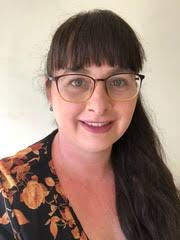 to investigate genetic relationships between candidate bees and provide pedigree information, look for genetic markers for resistance and provide scientific oversite of the program. Dr Chapman has a focus on industry-funded projects. She is co-leader of the Plan Bee program to implement modern animal breeding methods into the honey bee industry, and is leading an AgriFutures Australia funded project Resilient beekeeping in the face of Varroa to provide advice to industry on how they can best adapt should Varroa establish.
to investigate genetic relationships between candidate bees and provide pedigree information, look for genetic markers for resistance and provide scientific oversite of the program. Dr Chapman has a focus on industry-funded projects. She is co-leader of the Plan Bee program to implement modern animal breeding methods into the honey bee industry, and is leading an AgriFutures Australia funded project Resilient beekeeping in the face of Varroa to provide advice to industry on how they can best adapt should Varroa establish.
I have been providing the beekeeping industry with bees bred for productivity, temperament, and vitality since 2012 as founding director of The Bee Lady Apiaries’. Our contribution to this project includes a long term pedigree bee breeding population with selection data, the infrastructure, apiary sites, tools and staff to maintain and enhance a breeding population of commercially viable Varroa resistant Australian bees. Funding will enable us to focus solely on this project for two years and ensure its success.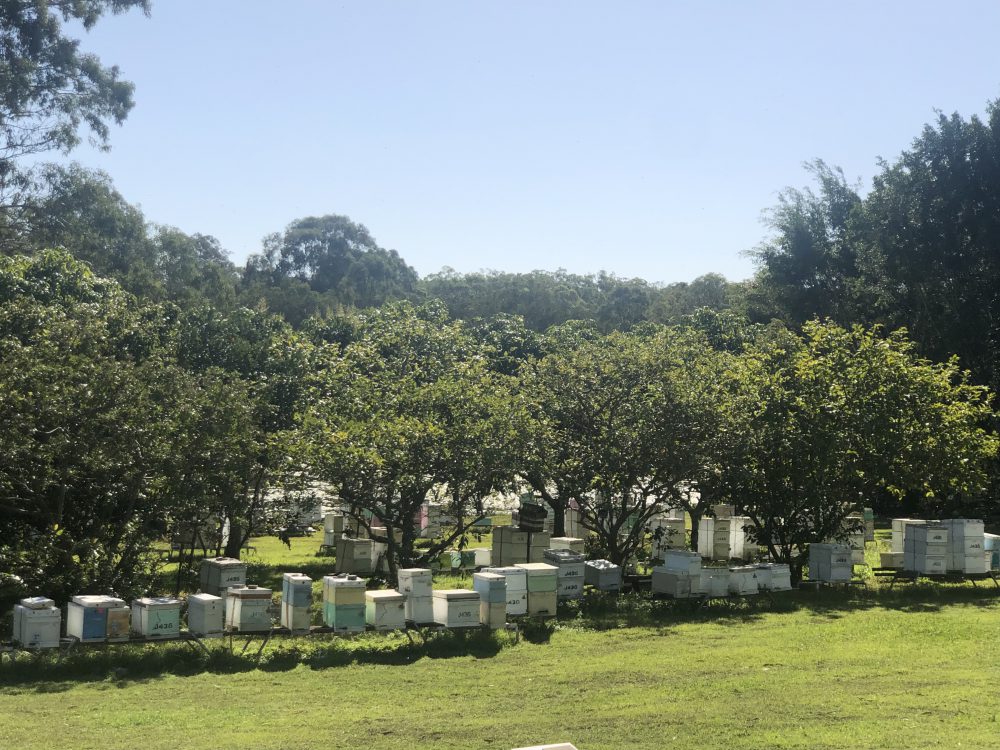
We have the support of key industry stakeholders AHBIC our peak industry body and AQBBA representing queen breeders and producers.
Your financial support of this project represents a significant opportunity to make a positive impact on the future of the beekeeping industry as Australian beekeepers face their biggest challenges encountered yet. We have already received over $30,000 in support before commencing this campaign, but we are needing additional funding to help meet our target.
We need your support to help Australia’s honeybees fight the mite. Please share online.
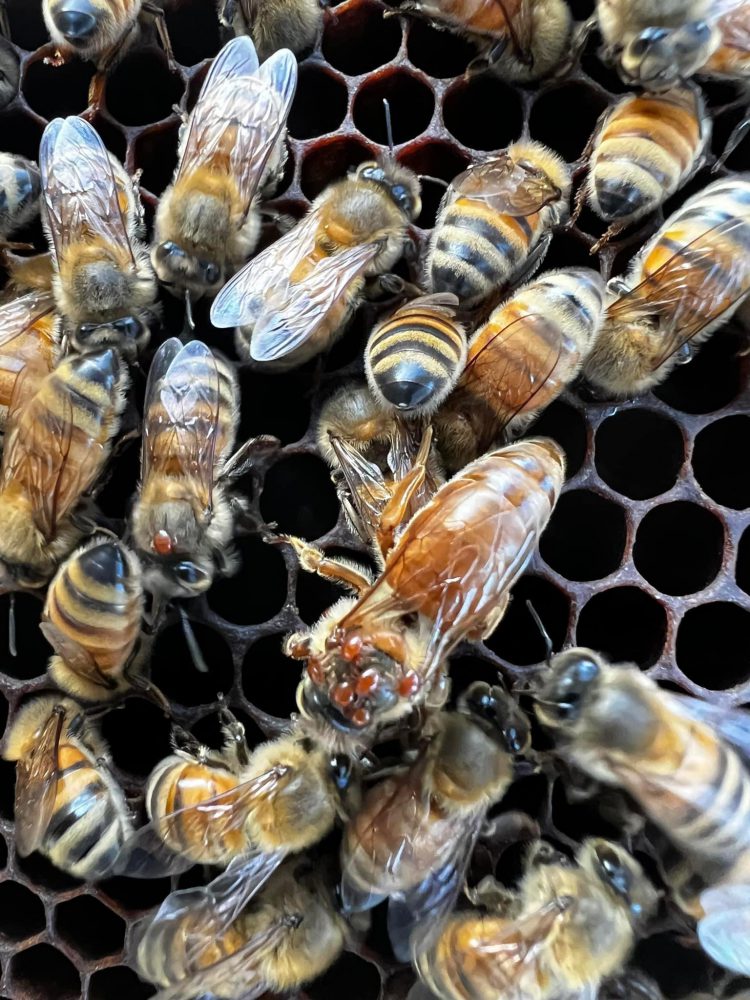
One comment on “Breeding for Varroa Resistance in Australian Honey Bees”
Hello ;
My name is Gunther WLASSEK, private investor and lender. I am ready to finance your active project and any other type of financing. To learn more about my funding proposal, please contact me by email:
guntherwlassek@gmail.com
Comments are closed.